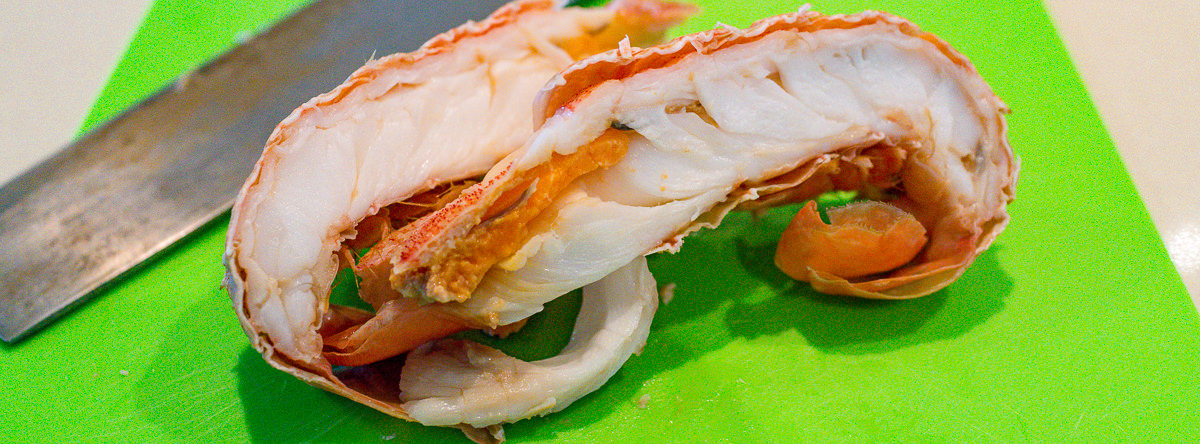Hello dear reader
How are you this week? I had a fabulous week. Spiritually, personally, and professionally, it’s been a great week.
It’s been a weird week weather-wise in Canberra. Some days have been warmer than expected, and other days it’s been windy and cold. My gut is telling me we’re really into the autumn run and temperatures and humidity are about to plummet.

Ingredients
- Lamb backstrap (eye of the tenderloin)
- Salt
- White pepper
- Ground cinnamon
- Ground cardamom
- Ground rosemary leaves
- Ground nutmeg
- Ground coriander seeds
- Fresh coriander leaves
- Fresh mint leaves
- Frozen pomegranate arils
- Kent pumpkin
- Sour cream
- Vegetable oil
- Olive oil
- Cauliflower
- Curry powder
Instructions
- Go to the supermarket or butcher and buy a piece of lambstrap.
- When you get home dry the surface of the meat with absorbent kitchen paper.
- In a small bowl or ramekin make a spice mix with the salt, pepper, cinnamon, cardamom, rosemary leaves, nutmeg, and coriander seeds. I mix with chopsticks because I’m Asian. 😉
- Pour the spice mix onto a small tray and then season the meat by pressing the meat into the spice mix and cover the entire surface.
- Place the seasoned meat into a vacuum bag and vacuum slea the bag.
- Store the meat in the refrigerator for a few hours. Overnight storage would be better, but it’s not essential.
- When it’s time to cook, turn the oven on to 180 °C (fan forced).
- With a Chinese cleaver cut the pumpkin into chunks about the size of a squash ball or perhaps a little smaller.
- With a paring knife, trim the stalk of the cauliflower but don’t remove it. The stalk is good. There’s nothing wrong with a firm stalk, it’ll be fresh and good to eat. If the stalk is limp then it’s probably not very good and no amount of paring will help.
- Pour a little vegetable oil into the palm of your hand and rub your hands together and then rub each piece of pumpkin. Place the pumpkin onto a baking sheet.
- Pour some oil over the cauliflower. You’ll need more oil because of all the added surface area on the cauliflower. Rubbing it on with your hands will help but don’t be stingy with the oil.
- Sprinkle a generous amount of curry powder over the cauliflower and rub it on the cauliflower to smooth out any oily lumpy bits.
- Put the cauliflower on the baking tray next to the pumpkin chunks.
- Cook the vegetables until you can penetrate the pumpkin with the tip of a sharp paring knife and it slides in and out without any resistance. It should feel tight and not loose. Loose and sloppy means you’ve gone too far.
- Heat the water bath to 55 °C (131 °F) and cook the lamb for 40 minutes.
- Remove the lamb when it’s finished cooking.
- Remove the meat from the vacuum bag and dry the surface with absorbent kitchen paper.
- Heat a cast iron skillet and wipe the hot surface with some rice bran oil and sear the lamb.
- Let the meat rest while attending to the vegetables.
- Place the hot pumpkin into a bowl and mash them roughly with a fork.
- Mix through some sour cream to make the mash a little more creamy.
- Slice the meat to the thickness you desire.
- Smear the mash over the dinner plate and place the slices of lamb on one side of the mash. On the other side, garnish the mash with some roughly torn mint leaves and coriander leaves. Add some pomegranate arils which will add a lovely sweetness to the mash. I think pomegranate arils also add an amazing visual appeal. It’s almost sensual. I wish I had got some dried flower petals to add but I didn’t want to drive to Kingston to buy some.
- Place the roast cauliflower on the plate.
- I would use a decent steak knife with this meal rather than a standard dinner knife.
- Give thanks to the Lord.
- Enjoy the meal.
How was the meal?
This dish was inspired by my girlfriend. She loves pomegranate and last weekend we enjoyed a slow-roasted lamb rump served with a pomegranate and mint salad. That dish was superior to what I cooked tonight. The slow-roasting process produces firmer yet still tender flesh. It also had more flavour through the meat itself.
The seasoning I used was distinctive and I could taste it with each mouthful but I think I prefer last weekend’s rump over the backstrap.
All that said, this was still pretty good and I’ve sequestered half of it to the refrigerator for another meal.
Final thoughts
- Do you like pemegranate arils in a dish?
- How thick do you like to slice your meat?
- How was your week?





